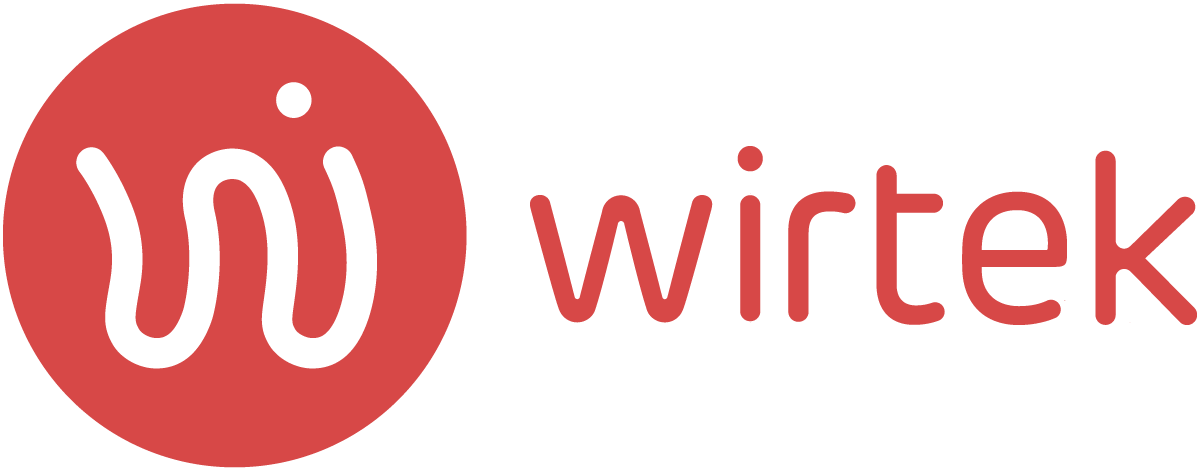- Blog
Sign up to our newsletter
Q3 2025: 7 Embedded Software Trends Powering Smarter Energy Systems
As the energy sector undergoes rapid transformation, embedded software engineering is emerging as a critical enabler of resilience, sustainability, and decentralisation. In Q3 2025, the convergence of AI, open-source ecosystems, and edge computing is redefining how energy systems are designed, deployed, and maintained.
At Wirtek we've come across seven key trends shaping the future of embedded systems in energy and automation - offering insights for engineers, product leaders, and strategists navigating this evolving landscape:
Trend 1: Embedded AI Is Becoming the Norm, Not the Exception
Artificial intelligence is increasingly deployed within embedded systems, bringing intelligence closer to the edge. As AI becomes standard in embedded platforms, engineering teams must rethink development workflows, testing strategies, and ethical considerations.
-
Smart grids use embedded AI for real-time demand forecasting and dynamic load balancing. E.g. Our clients are seeing up to 20% energy savings through AI-driven heat pump optimisation and load balancing.
-
Predictive maintenance models are integrated into industrial controllers, reducing downtime and extending asset life.
-
AI-generated code is prompting new questions around validation, exploration, and human oversight.
Trend 2: Open Source Is Reshaping the Embedded Landscape
Open-source ecosystems such as Zephyr RTOS, Embedded Linux, and RISC-V are becoming foundational in embedded development.
-
These platforms offer flexibility, scalability, and community-driven innovation—especially in non-safety-critical applications.
-
The shift reduces vendor lock-in and accelerates time-to-market, but also introduces new challenges around governance and long-term support.
-
Organisations must balance openness with reliability, ensuring that open-source adoption aligns with strategic and operational goals.
Trend 3: Cybersecurity Is Now a Design Imperative
With embedded systems increasingly connected to networks and cloud platforms, cybersecurity must be embedded from the outset.
-
Secure boot, encrypted communication, and hardware-based trust anchors are becoming standard features.
-
Compliance with frameworks such as IEC 62443 and ISO/SAE 21434 is no longer optional.
-
Threat modelling and continuous vulnerability assessment are essential to maintaining system integrity over time.
Security is no longer a bolt-on—it is a prerequisite for trust in embedded systems.

Trend 4: Real-Time Intelligence Is Powering Decentralised Energy
The rise of decentralised energy systems—solar, wind, microgrids—demands real-time data processing and control at the edge.
-
Embedded platforms must support low-latency decision-making for dynamic load balancing and fault detection.
-
Integration with SCADA and cloud systems requires seamless data flow and robust interoperability.
-
Engineers are increasingly designing for distributed intelligence, not centralised control.
This shift is redefining the architecture of energy infrastructure from the ground up.
Trend 5: Sustainability Is Driving Design Decisions
Environmental impact is influencing choices at every level of embedded system design.
-
Low-power microcontrollers and energy-efficient protocols are becoming default selections.
-
Modular software architectures support reuse and reduce waste across product lifecycles.
-
Compliance with sustainability standards such as RoHS and REACH is shaping procurement and development practices.
Sustainability is no longer a secondary concern—it is a strategic driver of innovation.
Trend 6: Cross-Disciplinary Collaboration Is Essential
Embedded software engineering now intersects with data science, hardware design, and domain-specific expertise.
-
Agile, cross-functional teams are becoming the norm, enabling faster iteration and deeper insight.
-
DevOps practices are being adapted for embedded environments, improving transparency and delivery speed.
-
Success increasingly depends on the ability to integrate diverse perspectives into coherent, scalable solutions.
The complexity of modern systems demands collaboration beyond traditional silos.

Trend 7: Regulatory Compliance Is Driving Innovation
Evolving regulatory frameworks are pushing embedded systems to become more transparent, secure, and adaptable.
-
Standards such as IEC 61850, ISO 50001, and EU energy directives are shaping system architecture and documentation.
-
Embedded platforms must support auditability, traceability, and secure firmware updates by design.
-
Rather than stifling innovation, regulation is prompting new approaches to compliance-driven engineering.
Forward-thinking organisations treat regulation as a catalyst, not a constraint.
Final Thoughts
Embedded software engineering is no longer a niche discipline - it is central to the energy transition. As systems become smarter, more decentralised, and more interconnected, the role of embedded intelligence will only grow in strategic importance.
For engineering leaders and innovators, the challenge is clear: build systems that are not only technically robust, but also secure, sustainable, and future-ready.

